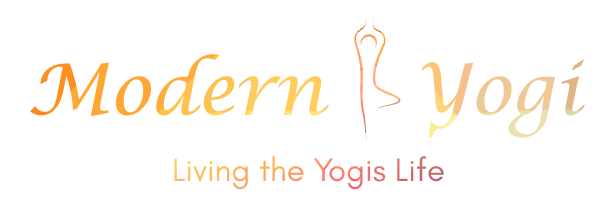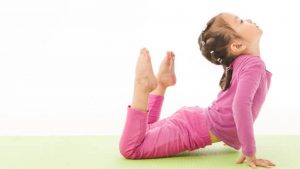Mindfulness functions in an atmosphere of detachment and aspires towards pure objectivity, an awareness which reflects the nature of the object exactly as they are, without adding to them, without elaborating upon them, without interpreting them through the screens of subjective evaluation and commentary. – Bhikkhu Bodhi
Mindfulness is the term that describes a mental or psychological property of the mind in which the individual has his or her consciousness activated and at any time perceives, knows and understands oneself in its fullness and integrity while at the same time maintaining full awareness of the environment it surrounds him and the exact interaction he has with it. Essentially, when someone is in the state of “Mindfulness” he is in complete vigilance but also at the same time in balance and calm in his mind.

Mindfulness develops an acute sensitivity to what internally and externally is taking place at the moment.
This could be said to be the focusing of one’s attention in a non-judgemental way on those emotions, thoughts, sensations (extero, intero and proprioceptive) innate reflexes and inherent behavioral patterns that come about as the result of our interaction with our environment.
Mindfulness doesn’t mean you have to sit in a full lotus whilst focusing on your breathing or heartbeat. But simply in your everyday life regulating your attention so as to become more aware from a position of neutral acceptance of those moment to moment experiences as they relate to emotion, cognition, touch, sight, sound, smell, taste, visceral sensation, proprioception (kinesthetic sense) movements and outcomes all of which determine your mental state as in the way you feel about yourself and subsequently what you feel you are capable of doing.
Mindfulness from a position of neutral acceptance after a while allows you as a mechanic might to tweak aspects of the system as well as remain neutral to negative sensations. It also enables you to predict how you will need to feel in order to produce your best performance.
Read More about: The Story of the Buddha & the Discovery of Mindfulness

Guided Mindfulness Meditation (~5-10 minutes)
- Reflect on the teachings of Buddha, his life, etc. seeing yourself as a potential Buddha.
- Start to direct your attention to the sensations that the breaths create.
- Let go of the story and come back to the present moment fully.
- Breathing in, know that you are breathing in. Breathing out, know that you are breathing out.
- Where do you feel the breath? Present time awareness of the body with the body.
- We are not trying to stop the mind from things, or even quiet it. We just let it run in the background, letting the breath to be the center of our attention. Thoughts might arise & then pass, the mind can even be busy, and that’s okay it can be busy in the background.
- You can choose to pay attention to the body.
- Receive the sensation that the breaths create, at the nostrils, chest or belly. If something takes your attention from your breath just name it using a quiet label in your mind and then return to your breath.
- Or hearing and then return to the breath.
- Mindfulness of the breath is the fundamental practice.
- Over and over again returning, connecting awareness with the breath, and sustaining awareness, even if you only manage to do it for a breath or two (your mind wonders), returning, letting go and starting again.
- Keep it really simple, maybe just half a breath, what’s the temperature, texture duration, etc.
- Observing the natural breath (without any control), the practice is to receive it, to observe it, to feel it.
- Mindfulness is present time awareness of the body, as the practice expands we will include emotions & thought, not ignoring the mind but turning towards it. We will open to the feeling tone, is it pleasant or unpleasant or neutral.
- For now, just coming back to the breath over and over again.
- Open your eyes now, include mindfulness of seeing, and as you move& stretch your body include mindfulness to that as well.
- Mindfulness is something we can bring to our lives, this is the teaching of the Buddha.
Namaste
(Use of elements from Noah Levine talks)




